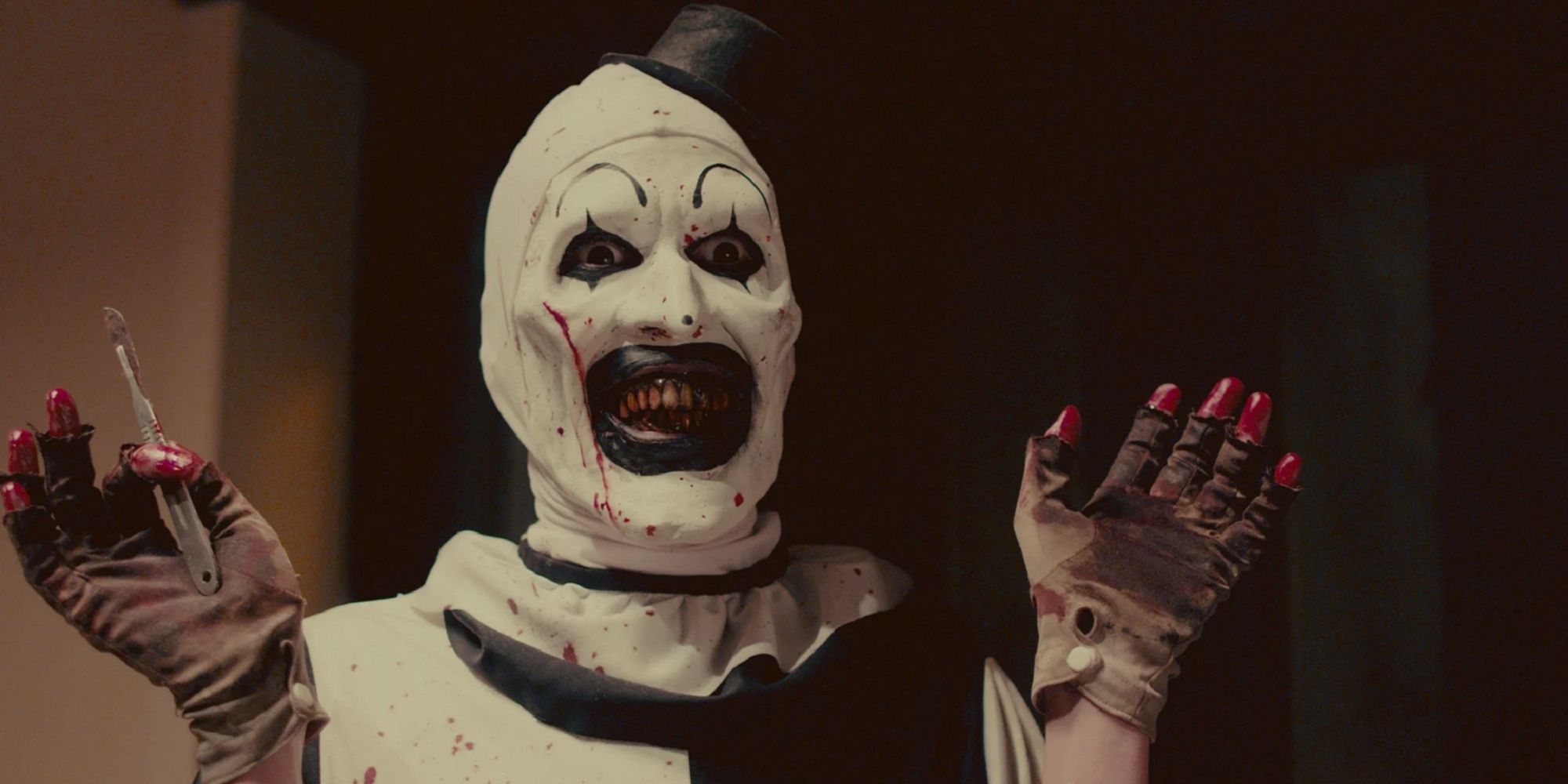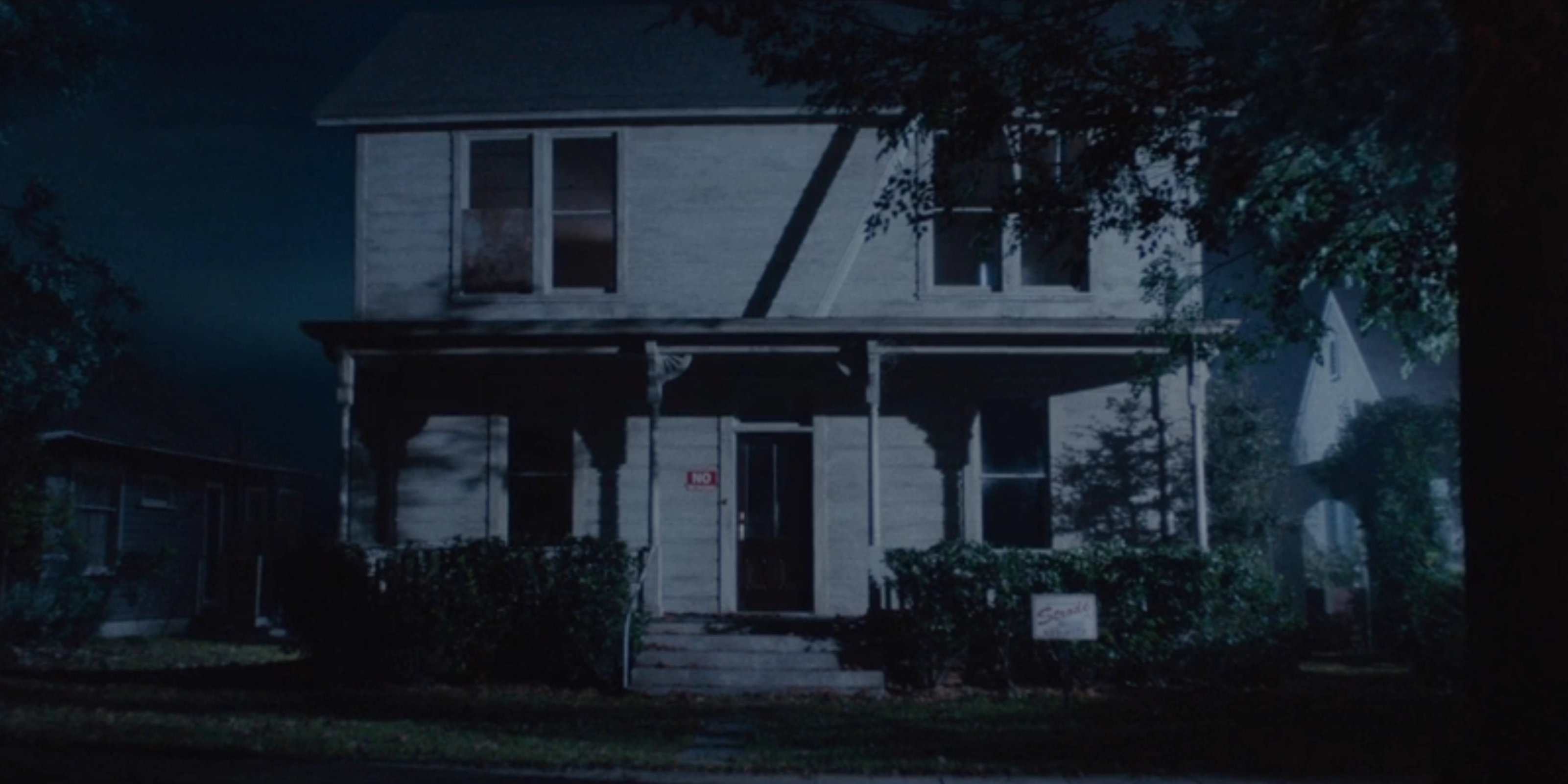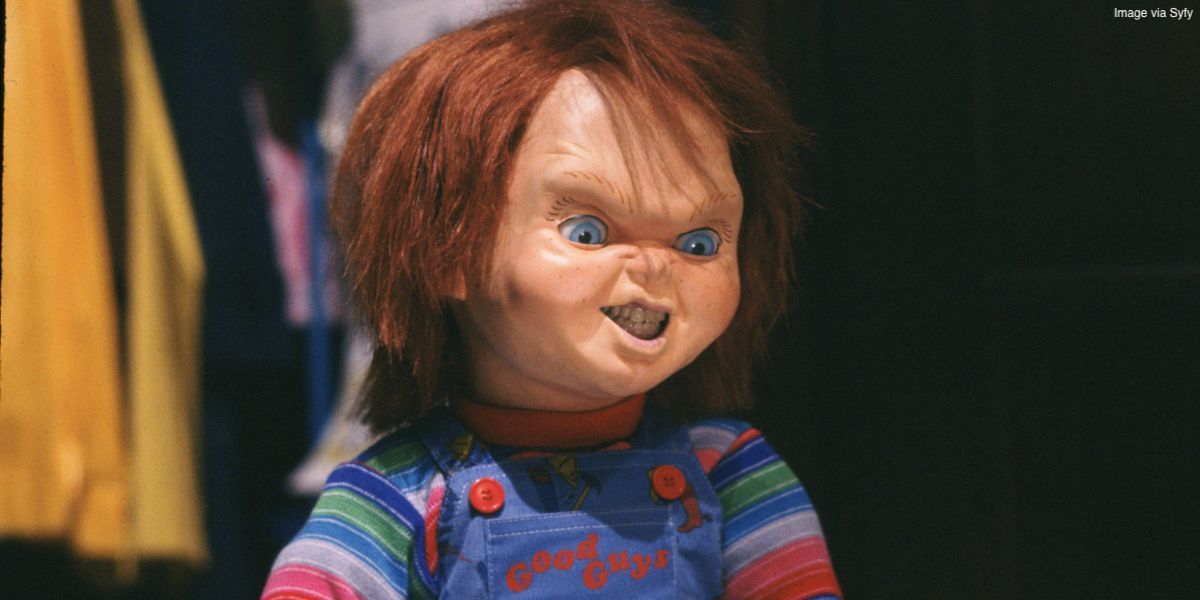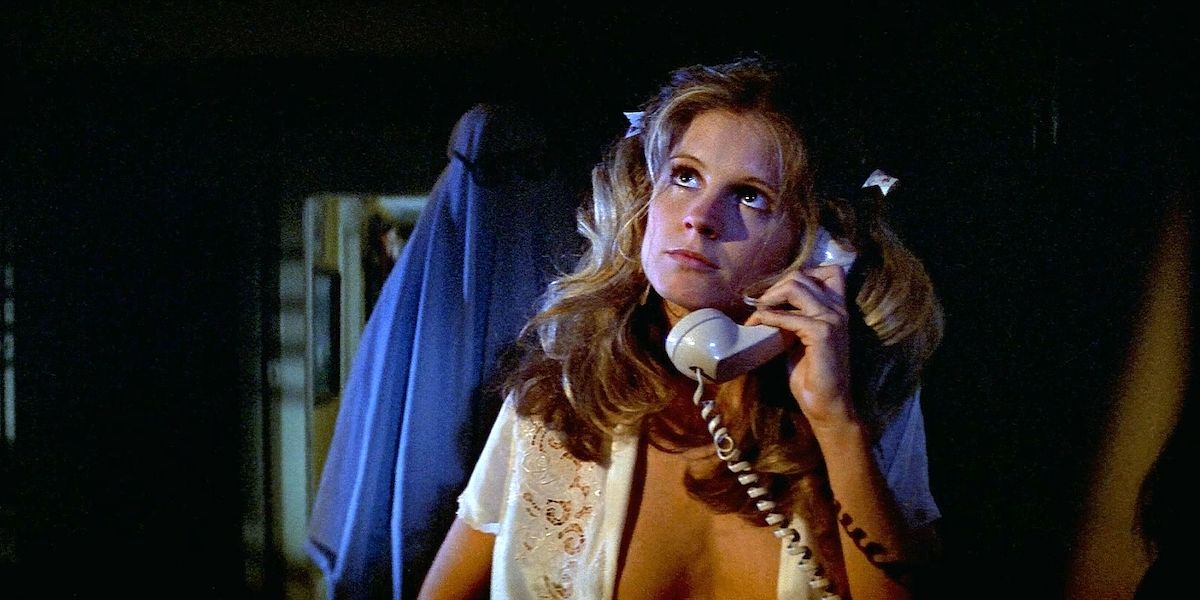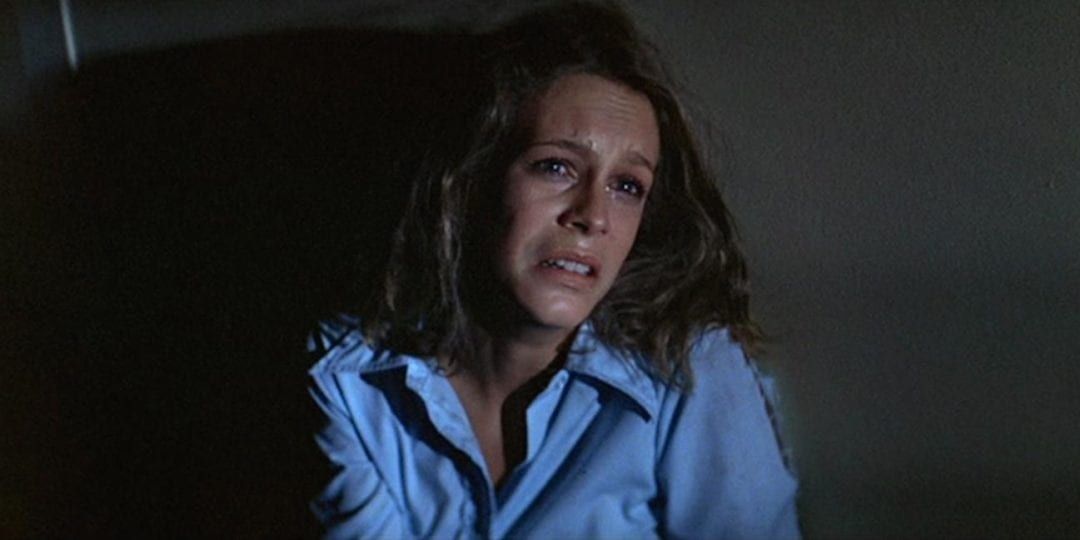From the classic monster movies to the iconic 80s slashers to the most recent hits like Nope and Smile, horror movies will never go out of style – even if some of their tropes do. Typically following a similar formula, the genre seems to have a checklist when it comes to what makes up a good horror film, even if that means repeating the same scenarios.
From the signature creepy child who always knows more than the adults to making viewers fear looking into fogged-up mirrors to killers that take far too long to get their daily steps in, it's time for some tropes in horror movies to retire.
Victim Falls Down While Running Away
There comes a point in every horror movie where someone will come face-to-face with the killer and immediately dart in the other direction. As they run down the deserted street or through the empty house they're in, more often than not, they'll trip and fall.
A classic terror tactic to make the viewers fear for the victim more, it's an overly-done idea that you can find enacted by Drew Barrymore in the opening scene of Scream, Jamie falling down the school stairwell in Halloween 4: The Return of Michael Myers, and dating all the way back to Barbara tripping in the cemetery as she ran from a zombie in 1968's Night of the Living Dead.
Killer's Slow Walk
When you think of classic slashers like Michael Myers, Jason Voorhees, Freddy Krueger or Ghostface, they have much more in common than their signature styles and preference for sharp objects. When prey is in sight, these killers will almost always walk toward their victims instead of running.
While some slashers like Leatherface and Chucky are exceptions for being fast on their feet, most horror villains will add to their already-terrifying appearances by taking slow, taunting steps toward their running victims, usually giving the victims a chance to get away or hide.
Creepy Children
Where there's a stalkerish murderer or paranormal activity, there's almost always a creepy child who spots the evil first. Films like The Shining and It perfectly execute the terrifying and spine-chilling child characters by making them outright interact with the entities before typically turning into killers themselves.
While some child characters will always be loved to hate by horror fans, like Samara from The Ring and Isaac from Children of the Corn, the horror genre seems to be moving away from scary children and turning child characters into heroes like Bill from It and Cady from M3GAN.
Mirror Jumpscares
When the victim of a horror movie walks into a bathroom - unless they're Marion Crane from Psycho - odds are they'll experience a spooky moment rather than an untimely demise. And usually, this spooky moment consists of a mirror and an unexpected reflection.
The mirror jumpscare is a timeless trope that's been used hundreds of times in the horror genre, where the already-jumpy victim will stand in front of a mirror, maybe look away for a moment or wipe away some fog, and then jump out of their skin at the terrifying sight in the reflection.
Clowns
Clowns have always been an easy scare in any capacity, as one of the most common worldwide fears people have. Whether in doll form or human form, clowns are scary enough when they're not supposedly swapping the toothy grins for evil ones and going on murderous rampages through small towns.
In some horror films, like Killer Klowns from Outer Space, using clowns as the killers were necessary for the film's theme, while films like It and Terrifier chose clowns as their leading villains seemingly as a creative choice that's becoming overdone after Art the Clown's resurgence in 2022.
Haunted Houses
From The Myers House to The Well House, it's a common theme in horror films to utilize the utter spookiness that is an abandoned, old and usually haunted house. Even in children's horror movies, like Monster House, it's the creaky, old houses that are used as part of the film's antagonist.
While not all houses in horror are scary - like Stu's house in Scream - and some films use other locations as their primary slasher setting - like Crystal Lake in Friday the 13th and The Overlook Hotel in The Shining - the use of the old, decrepit house being haunted with evil spirits or the hiding place of the villain is a trope that's gotten old.
Possessed Dolls
An easy scare in horror films is to display a creepy doll of some sort, whether it's the film's killer or not. Poltergeist included this trope best by combining it with a clown, setting the creepy clown doll in young Robbie's room to later come to life and drag the boy under the bed.
But possessed dolls are more commonly remembered as the wise-cracking Chucky of the Child's Play franchise and the eerie Annabelle of The Conjuring films. While scary dolls have become overdone in horror, M3GAN of the titular 2023 film is the latest killer doll to receive a leading role.
Killed After Sex
Classic slashers from the 70s to the 90s were known for starring casts of teenage characters like the female besties of Halloween, the group of teens taking over Crystal Lake in Friday the 13th, and the teenage victims of A Nightmare on Elm Street.
More often than not, these unsupervised teens will find themselves in empty bedrooms where they'll do the deed before the killer comes along and does some slashing, best remembered in Halloween when Lynda and Bob are killed after having sex, while a survivor of the killed after sex trope is Sidney in Scream, who unknowingly slept with Ghostface's portrayer and lived to tell the tale.
Back For One Last Scare
Horror movie aficionado Randy explained it best in Scream when Billy's lifeless body is lying in the foyer and he warns Sidney and Gail that in typical slasher fashion, the killer always comes back for one last scare before Billy shoots opens his eyes just to be shot by Sidney.
As one of the most overdone tropes in horror, most killers receive a fake death scene just to rise again in one final effort. Although it gets a little predictable, slashers like Billy Loomis' revival or Michael Myers' iconic sit-up made the trope the most memorable.
The Final Girl
From Sally Hardesty to Julie James to the legendary Laurie Strode, horror films are best known for concluding with some badass final girls. They may be afraid, but they also prove to be strong, independent and ready to fight until the end.
Almost every classic slasher from Halloween to Scream to Nope ends with a final female standing, and as empowering as it is for girls to see heroines on the big screen win against the terrifying male antagonist, it's a trope that's better left to the classics.

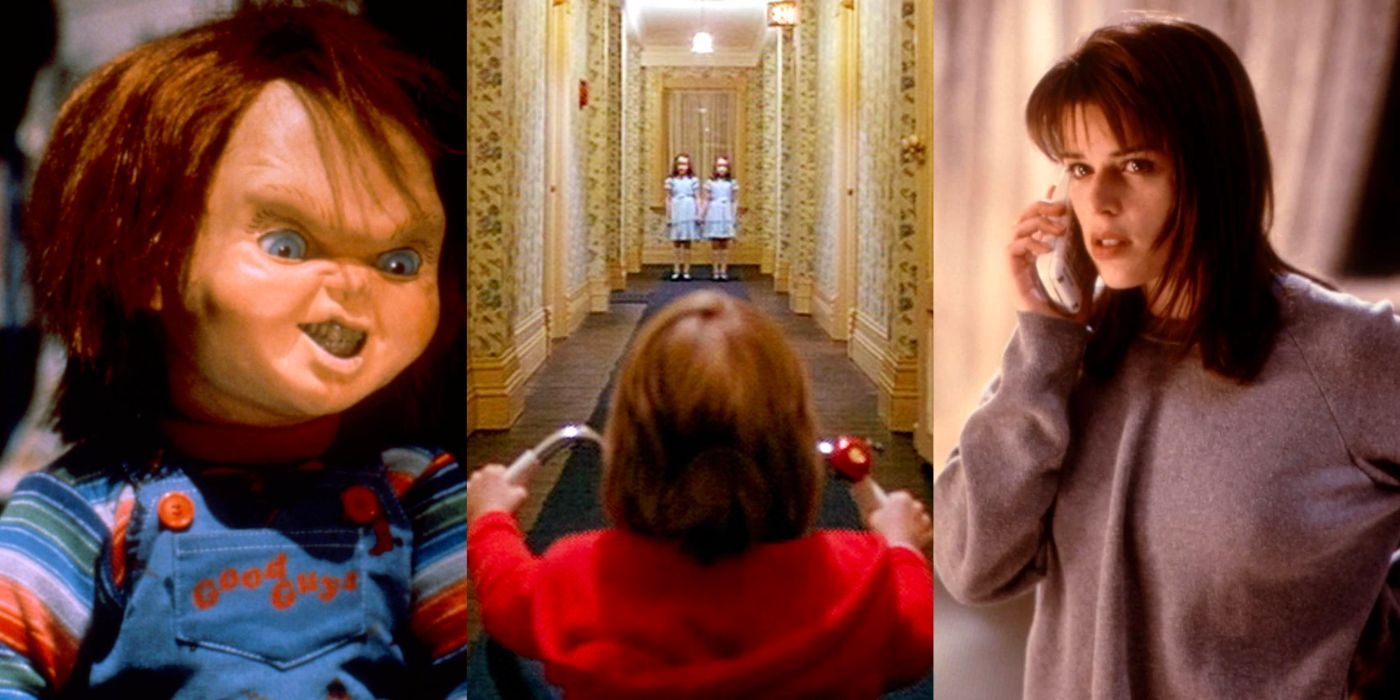
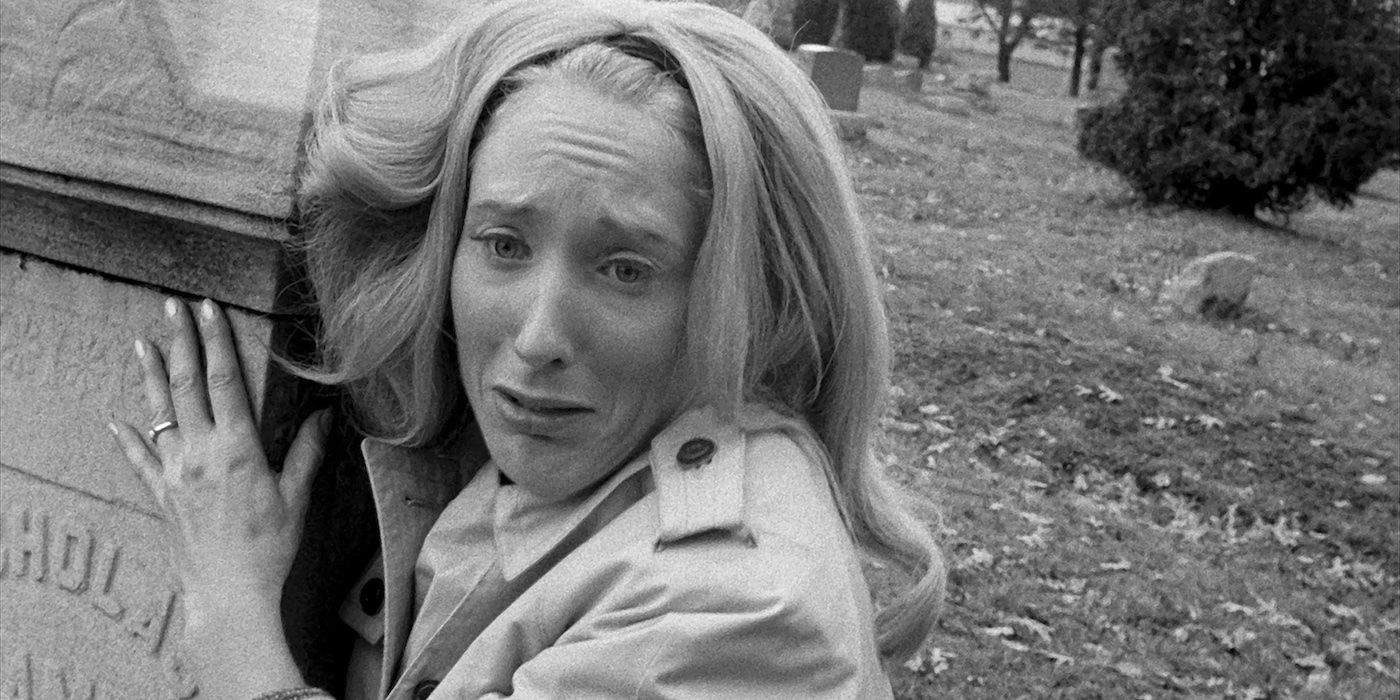
.jpg)
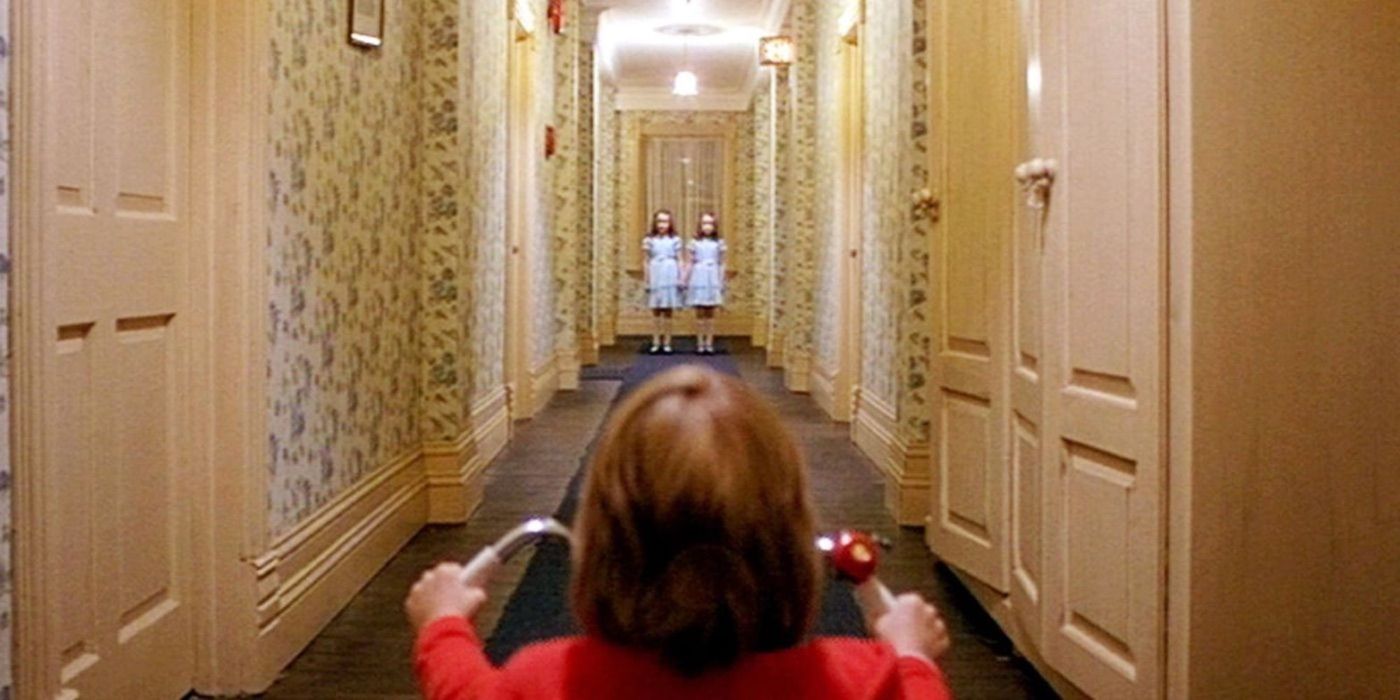
.jpg)
